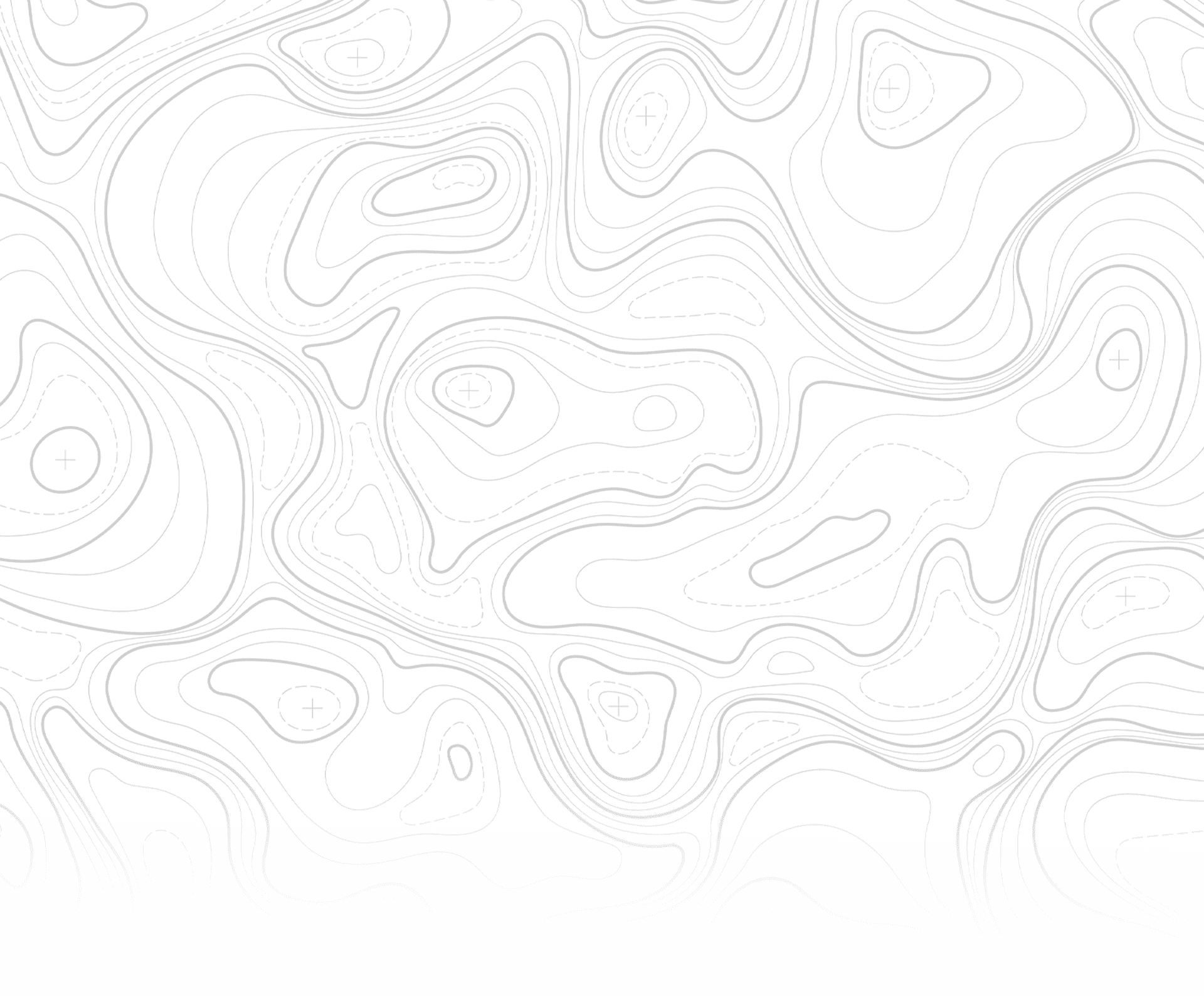
Recently, civil engineering and research from Kanazawa University proposed a new engineering design and method that can help improve the safety of buildings and bridges. In their studies, researchers discovered the distance between dislocations in nanolayer interfaces of pearlite–a compound consisting of iron, carbon, and ferrite, that’s found in different forms of steel and cast irons–can, in fact, determine how much the material can stretch and contract without breaking. With this new finding, researchers are expanding upon the possibility of designing materials with higher ductility by manipulating the spacing between their dislocations. With this, the safety of structures like buildings and bridges can greatly improve, especially in times of inclement weather such as earthquakes and hurricanes.
Taking a Closer Look with Engineering Design
Pearlite, or pearlitic steel, is commonly used throughout the construction industry. Pearlite is considered to be one of the strongest materials in the world and is usually made into thin, long wires to sustain heavy weight. Pearlite also contains the unique ability to stretch and contract without breaking–ductility. With this quality, pearlite can help buildings, bridges, and other structures withstand violent storms while maintaining complete support of its heavy weight. As researchers carefully looked into engineering design and the properties of pearlite, they noted that its alternating nanolayers of cementite and ferrite are the contributing factors to its durability and ductility. The cementite helps pearlite remain strong while the ferrite allows it to be ductile.
With this information, researchers at Kanazawa University looked at the arrangement of atoms along the interface of a cementite and ferrite layer, looking closely at the disruptions and dislocations. Using computer simulations, researchers would test how pearlite would fair with dislocations of different orientations and different distances between them along the ferrite-cementite interface. Through these computer simulations, researchers found that certain dislocation structures and distances could actually stop the formation and spreading of cracks through the cementite layer.
In this discovery, researchers believe a new generation of materials can be formed that will help structures better withstand earthquakes. The researchers of Kanazawa University strongly believe that manipulating dislocations of clusters of atoms could be the next best technique for enhancing ductility and other properties of materials that are used for various construction and engineering applications.
